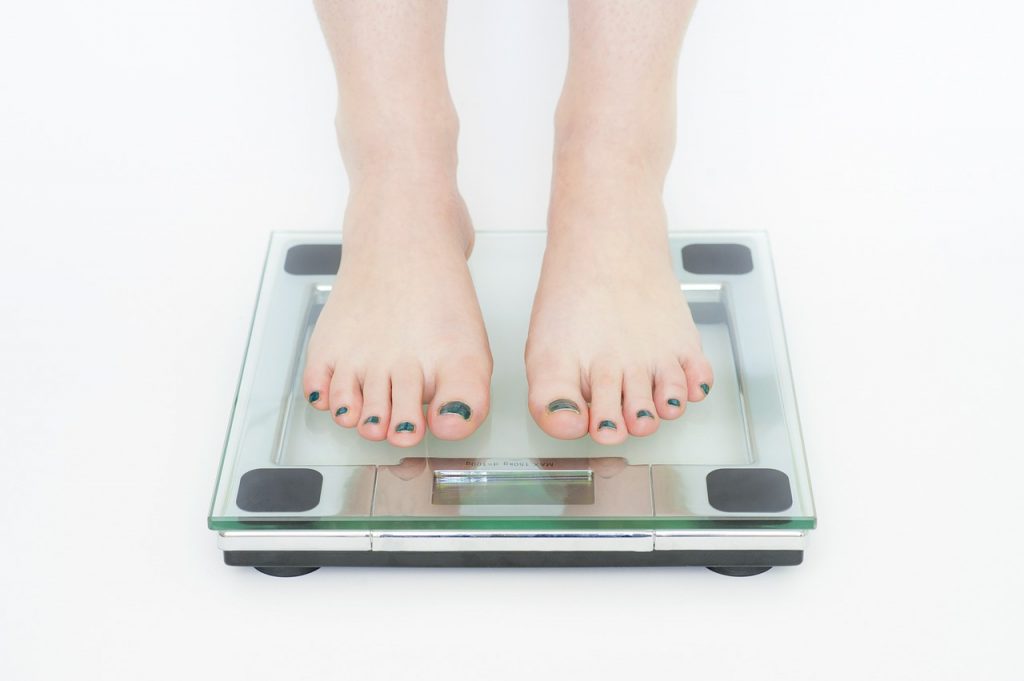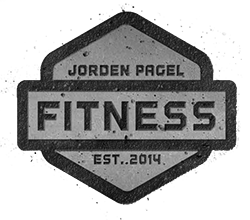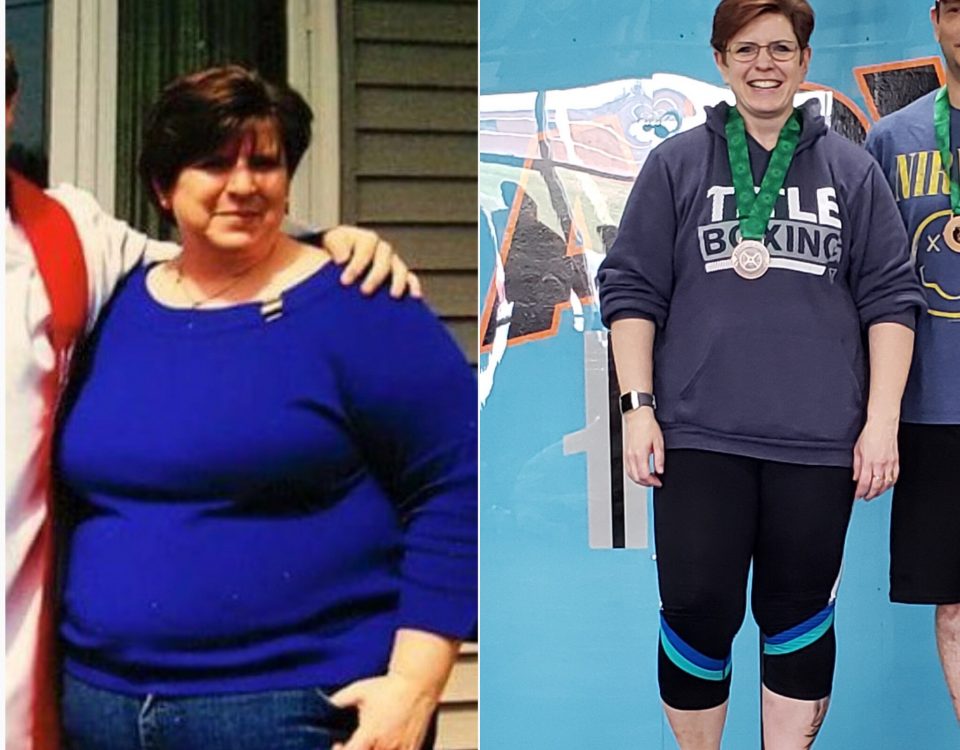Progress and the Scale: The Final Nail In the Coffin
Your alarm goes off. Time to get up. You’re a little sore from yesterday’s workout but you manage to pull yourself out bed and walk to the bathroom. There, sitting on the floor is your best friend and worst enemy: the scale.

You gingerly step on, closing your eyes as your weight is calculated. You feel confident. You worked out hard these last few days. You hit your macros spot on. You’re sure you’ve lost at least a couple pounds!
You slowly open your eyes. Much to your horror and shock, the number is the exact same as last time; even a few ounces heavier. What gives? All that hard work with nothing to show for it. You’re in disbelief, frustrated, angry…
If the above situation sounds familiar, it’s because it happens all too often. Anyone who’s ever tried to lose weight knows of the never-ending battle with the scale. Some days you love it, others you hate it. It’s a vicious cycle.
But it doesn’t have to be.
Why the scale is not the best way to measure progress
Before we talk about why the scale isn’t a great way to measure overall progress, we must first define what progress actually is.
In the context of a fat loss program, progress is somewhere in the neighborhood of a loss of 1-2% of your bodyweight per week. By using percentages, your progress is much more customized to the individual. A heavier person is going to have a much easier time losing more weight each week than someone with only a few pounds to lose.
The problem with the scale, is it’s not a measure of body fat, or muscle…it’s a measure of total body mass.
This means that the scale number is going to fluctuate based on a number of different factors, including:
- Stomach Contents – This is a big one, especially if you weigh yourself later in the day after a few meals. Any food sitting undigested in the stomach will count towards your weight. Foods that are more whole, and unprocessed are digested slower and therefore will sit around in your stomach longer as opposed to highly processed, high-sugar type foods and liquids.
- Bowel/Bladder Contents – Similar to your stomach contents, any waste you have sitting in your body that’s not been expelled is going to be counted toward your weight. That’s why the best time to step on the scale is first thing in morning, AFTER you use the bathroom and BEFORE you eat or drink anything.
- Carb Intake – This is another important factor to consider. The higher your carb intake on a given day, the larger the fluctuation you may see in your weight. This is because when carbohydrates are converted to glycogen in the body and stored in the muscles for fuel, they store water as well. In fact, for every gram of carbohydrates stored, up to three grams of water can be stored. While this is only temporary, it’s important to remember that stepping on the scale the morning after a high-carb day may cause a jump.
- Dehydration – When you’re dehydrated, your body panics and will retain more water, thus causing a higher scale weight. Maintaining a high level of water intake (half your bodyweight in ounces per day, minimum) will help prevent dehydration and reduce water retention.
As you can see, due to a variety of factors, the number on the scale may not always represent your true weight. That is why the scale should not be the only way you measure progress. By having more than one tool with which to measure your progress you will get a much more accurate picture of your results; something the scale can’t give you.
How You Should (Also) Be Measuring Progress
1. Body Tape Measurements: This is one of the best ways to track progress. The number on the scale may not always move, but if you are losing fat it will show on the tape measure. At the minimum, you should be taking measurements at the following spots on a weekly basis:
- Chest, at the nipple line
- 2” above navel
- At the navel
- 2” below navel
- Hips, at the widest point
I recommend measuring in centimeters because it is easier to see your progress that way.
Just like with the number on the scale, the rate at which you lose centimeters will vary based on how much fat you have to lose. The more fat you have, the faster your initial losses will be, and vice versa. Where you lose that fat from is also dependent on the individual. Some people will hold more fat on their abs, while others hold more on their hips and buttocks.
2. Strength & Gym Performance: Tracking your strength numbers in the gym is another great way to measure progress. Stats like how much weight you lifted or how many reps you did go a long way towards measuring progress.
On a fat loss program, one of the main goals of your training is to maintain lean muscle mass. Did you increase the weight from your last session? Or did the weight stay the same but you did more reps? Both are indicators of progress.
And while your strength numbers don’t directly tell you how much body fat you’re losing, they will tell you if you’re on the right track.
3. Progress Photos: This is another crucial area of measuring progress. Progress photos will help tell the story of your transformation. For some, it may be uncomfortable to take these photos, but they are great at showing your progress month-to-month. Photos also eliminate errors like you may see on the scale or with the tape measure. You can’t hide anything in a photo, so it is the truest way to measure progress.
To ensure accuracy, photos should be taken under the same conditions once a month. Take three photos: front, back, and side. Don’t slouch, stand up straight and stay relaxed. Men should take their pictures in nothing but shorts, and women in a sports bra and short shorts. This is best for measuring progress when comparing photos.
4. Clothes: This one is pretty easy to measure. How are your clothes fitting? Do you need to go to the next hole on your belt? Are your shirts starting to get baggy? Even a drop of 1-2 inches off your waste is going to make a noticeable difference in how your clothes fit. And having to buy new clothes because your old ones are too big is a good problem to have.
5. Other People: This one isn’t necessarily measurable and it doesn’t exactly provide the most accurate results, but it is often the most rewarding and satisfying.
Let’s face it, we see ourselves every single day, multiple times per day. Because progress happens slowly, it’s tough for us to see the changes on a daily basis. But many of our friends or even family don’t see us on a daily basis, or even weekly for that matter. And because they don’t see you as often, it’s much easier for them to notice changes in your appearance.
6. How You Feel: This is probably the most important. How are you feeling? Are you noticing more energy during the day? Are you sleeping better? Less stress? Less aches and pains? Fewer digestive issues? More confident?
All these are normal indicators that good things are happening in your body. And if you start noticing the visual changes yourself, well even better.
All Tools In Your Belt
On their own, these methods are not great for getting a complete picture of your progress. That’s why we need to use all of them. Tracking progress is one of the most important aspects of any fitness plan, because it tells you if what you’re doing is working, and allows you to make adjustments when needed.
But it’s also important not to stress out about it either. Progress doesn’t happen overnight. Change happens slowly.
By using more than just the scale, and more importantly not freaking out about the number we see, we’re able to get a clearer view of what’s going on with our dieting and training efforts. It’s this attention to detail that will keep you focused, moving in the right direction, and ultimately, will give you the results you want.
Fat Loss Made Easy!
Subscribe to the JPF newsletter and get my 5-Day Fat Loss email course absolutely FREE! You'll learn how to create your own fat-shredding program in less than a week.
Plus you'll get the latest updates from the blog, exclusive offers, and other cool stuff.



